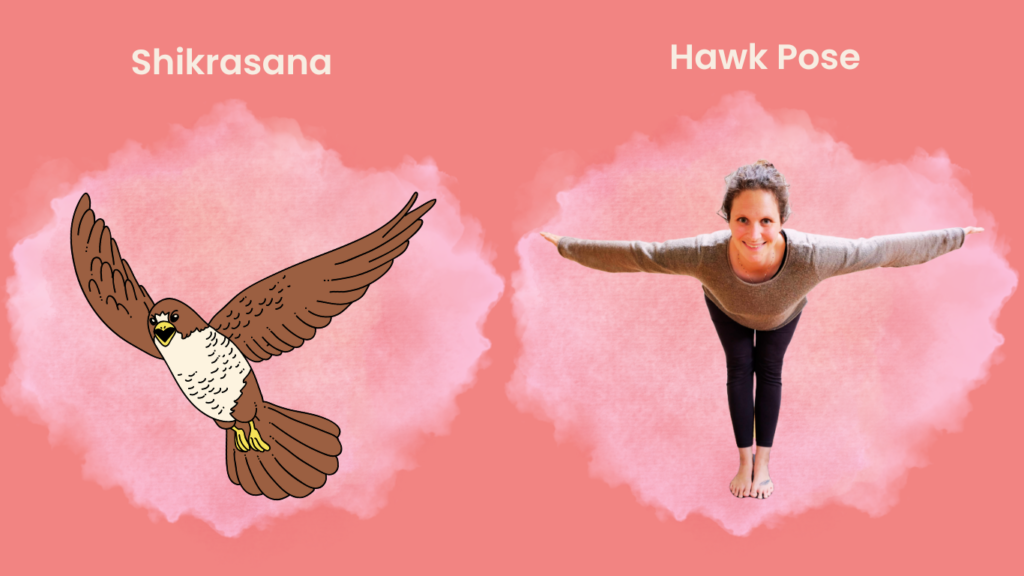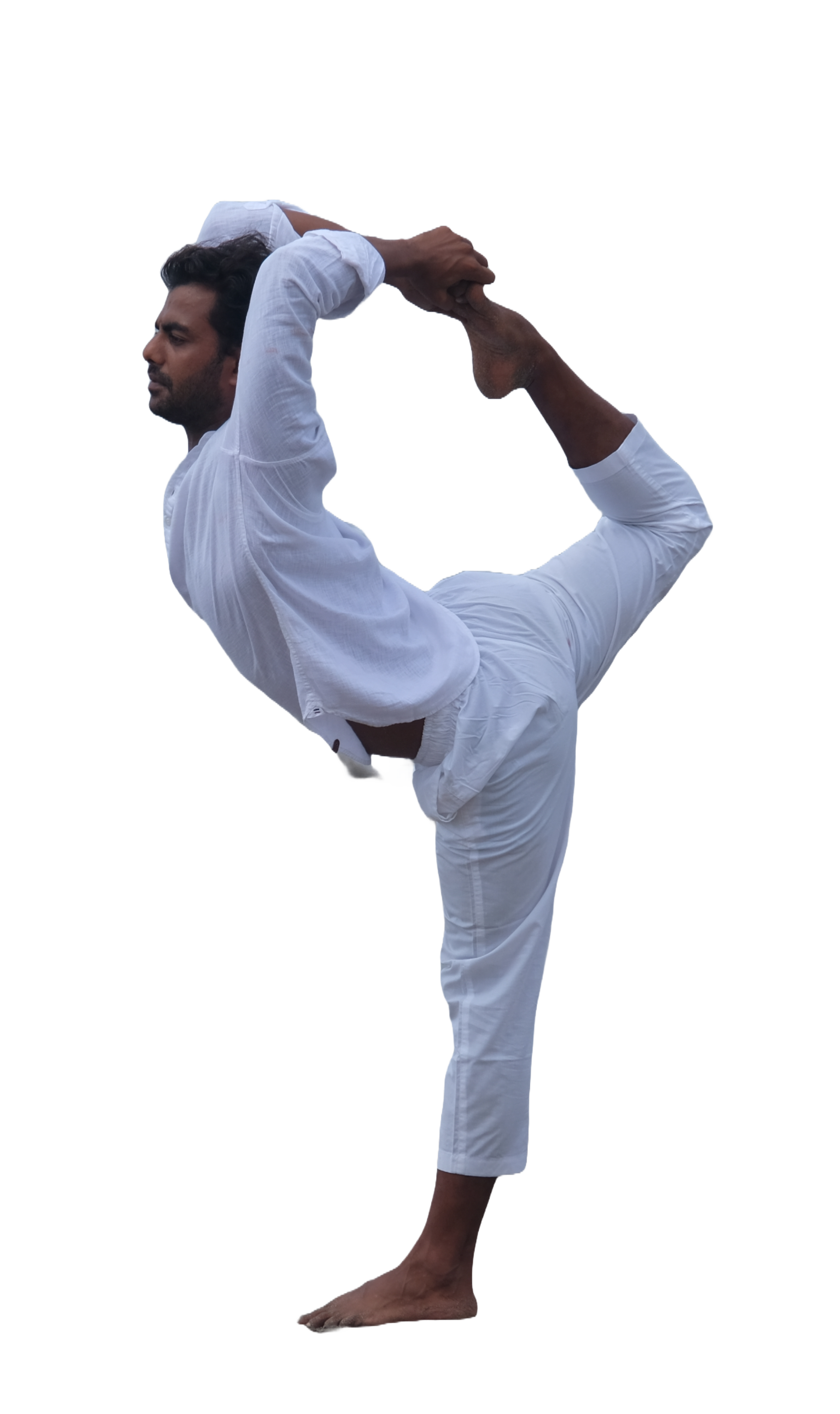-
-
Yoga Courses
Yoga Teacher Training India
Yoga Teacher Training Canada
Yoga Teacher Training Germany
Yoga Teacher Training Greece
Yoga Teacher Training Portugal
-
Yoga Retreats
-
YTTC Guide

Sanskrit: शिक्रासन
Shikrasana, also known as Hawk Pose, is named after the Shikra, a bird of prey. In yoga, Shikrasana embodies sharp focus, grace, and the ability to navigate life with clarity and purpose.
The pose reflects the Shikra’s ability to soar high and maintain a steady gaze. Practicing Shikrasana encourages practitioners to harness their inner strength and concentration, much like the hawk, to achieve both physical and mental balance.
Stand with your feet together or hip-width apart.
Activate your legs, open the chest, keep the chin parallel to the floor, and place the arms alongside the body.
Bring your arms to shoulder level, palms facing forward.
Lengthen your spine and bend forward until you reach a 90-degree angle between your legs and torso.
Focus on a point on the floor slightly in front of you or look straight down.
Activate your toes, legs, and back muscles, and hold the pose for a few breaths.
Inhale to come back up with a straight spine, and on an exhale, release the arms back down into Tadasana.
Stretches the hamstrings and calves, increasing the flexibility of the superficial backline.
Strengthens the back muscles and supports the natural curvature of the spine, improving posture.
Improves the strength of the psoas and quadriceps muscles.
Builds strength in the arms and shoulders, improving upper body posture.
Be cautious if you have sciatic pain, as the pose may aggravate the issue.
Avoid this pose if you have a hip injury that restricts hip flexion.
If you experience lower back pain or have less strength in your lower back, keep your arms alongside your torso when bending forward.
Alternatively, support your upper body by placing your hands on your thighs or shinbones for added stability.
Learn Other Poses:
Popular Courses in Bali
200 hour Yoga Teacher Training in Bali | 300 hour Yoga Teacher Training in Bali | 500 hour Yoga Teacher Training in Bali | 50 Hours Yin Yoga Training in Bali | 50 hours Pranayama Training in Bali | 50 hours Yoga Nidra Training Bali | 50 hours Arm Balancing Training Bali | 100 hour Ashtanga Training Bali
Popular Courses in Germany
200 hour Yoga Teacher Training in Germany | 300 hour Yoga Teacher Training Germany | 50 Hour Yin Yoga Training Germany | 50 Hour Pranayama Training Germany | 50 hour Yoga Nidra Training Germany | 50 Hour Arm Balancing Training | 100 hour Ashtanga Training Germany
We are offering a special price for the first 6 registrations
per month!
